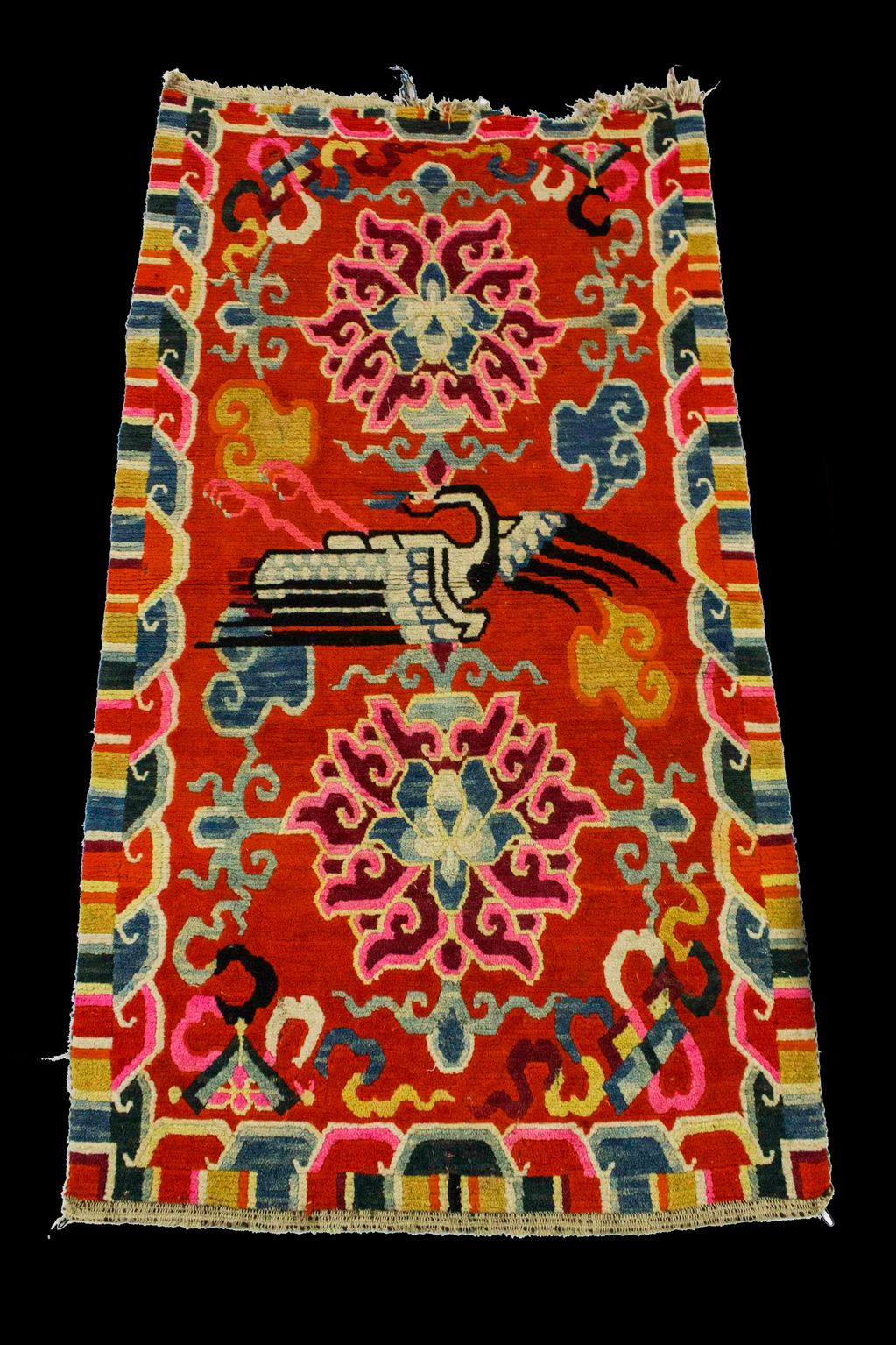ARTIFACT GALLERY

AMMUNITION
The museum possesses a variety of arms and ammunition, including locally made Matchlock guns, swords, Ladakhi bows and arrows (locally known as Da and zJu) and weapons made of Ibex horn. Raw material for the manufacture of ammunition such as match lock bullets locally known as Rindi, sulphur matches manufactured by AE Matcheswala, pellets made in Japan and by Knallscheiben in Germany and

ANIMAL ACCESSORIES
Animals formed the backbone of Tijarat or trade, especially at a time when there was no motorable transport, traversing narrow mountain paths and high snowbound passes, carrying heavy loads as part of large caravans. Exquisite hand-made saddles (locally known as Zgah) with detailed metal and ivory work are a part of the collection. These include a Mongol wooden saddle with painte

WEIGHTS & MEASURES
A collection of weights and measures (known as Bwo) from Ladakh, Tibet and Mongolia were used to weight grains such as wheat and barley. The weights varying between one to five kilos were known as Khal. One of the measures has the name of Aziz Bhat, and it would have been made specifically for use in his seven shops. Round weights made of iron, locally known as Nayaga, were used

CARPETS & RUGS
Wool and silk carpets from Tajikistan, Kirghiztan, Kashgar, Yarkand and Tibet were in great demand in this region. Often given as gifts and tribute, these would have been used by local elite. Woolen carpets from Tibet were used in monastic contexts for ceremonial use. An elaborate example is red rug with floral motifs and a black-necked crane in the centre. One of the prize objects i

UTENSILS
A rich variety of utensils, both imported and locally made testify to the importance of food cultures in this region. Local cooking vessels made of stone (locally known as Dlooru) from Gilgit, Baltistan were used to prepare non-vegetarian dishes during large feasts. Copper utensils known as Degh are typical of Central Asia and were used on fire pots. Terracotta dishes and jugs (locally kno

INTOXICANTS
Hubble-bubbles or hookah is a tobacco smoking device in which the smoke passes through water before being inhaled. The name is probably derived from the bubbling sound that the water makes. Made of metal, wood and terracotta, examples of hubble-bubbles in the collection include elaborately engraved ones from Kashgar, Urumci, Iran, Kashmir and Ladakh. An engraved metal Chinese hubble-bu
